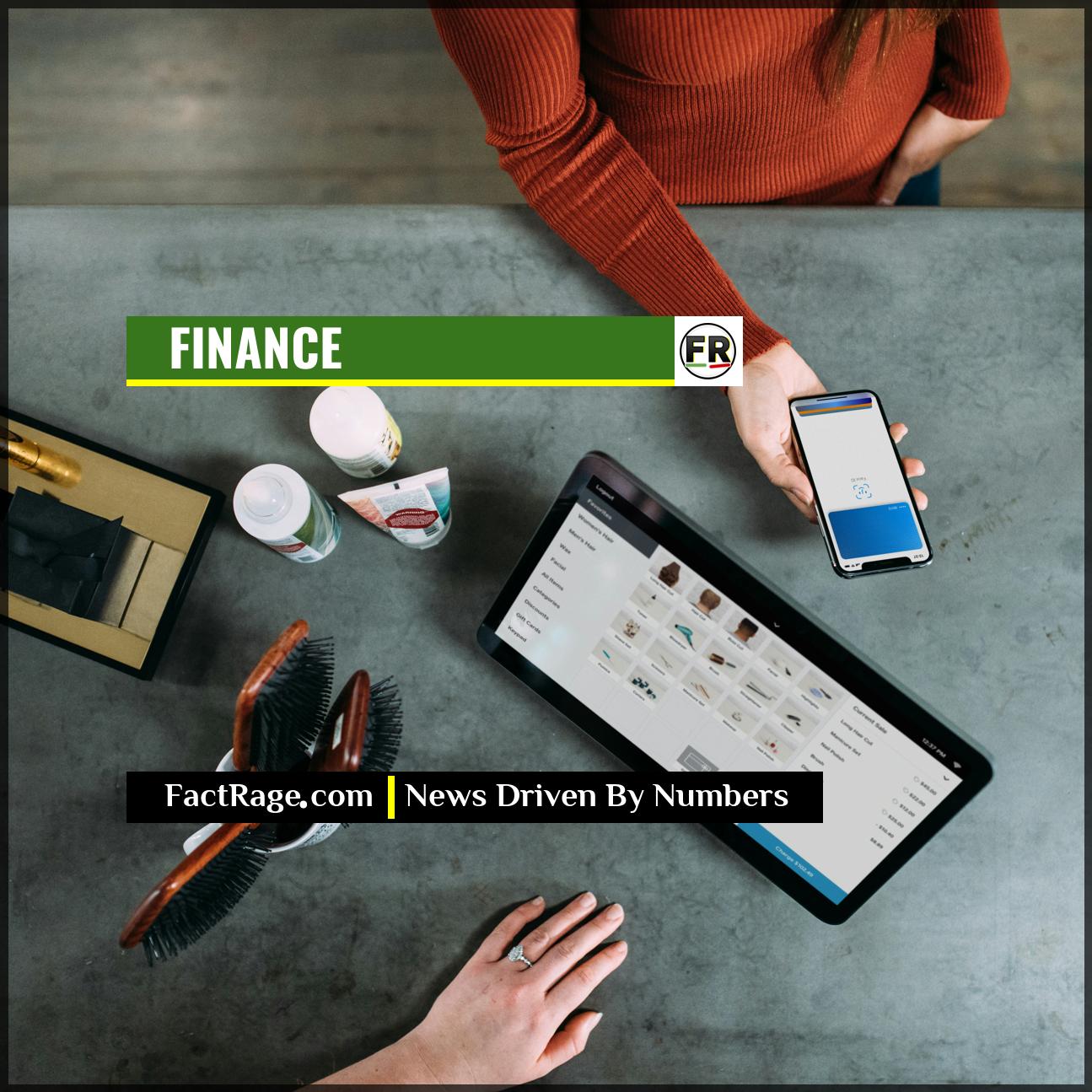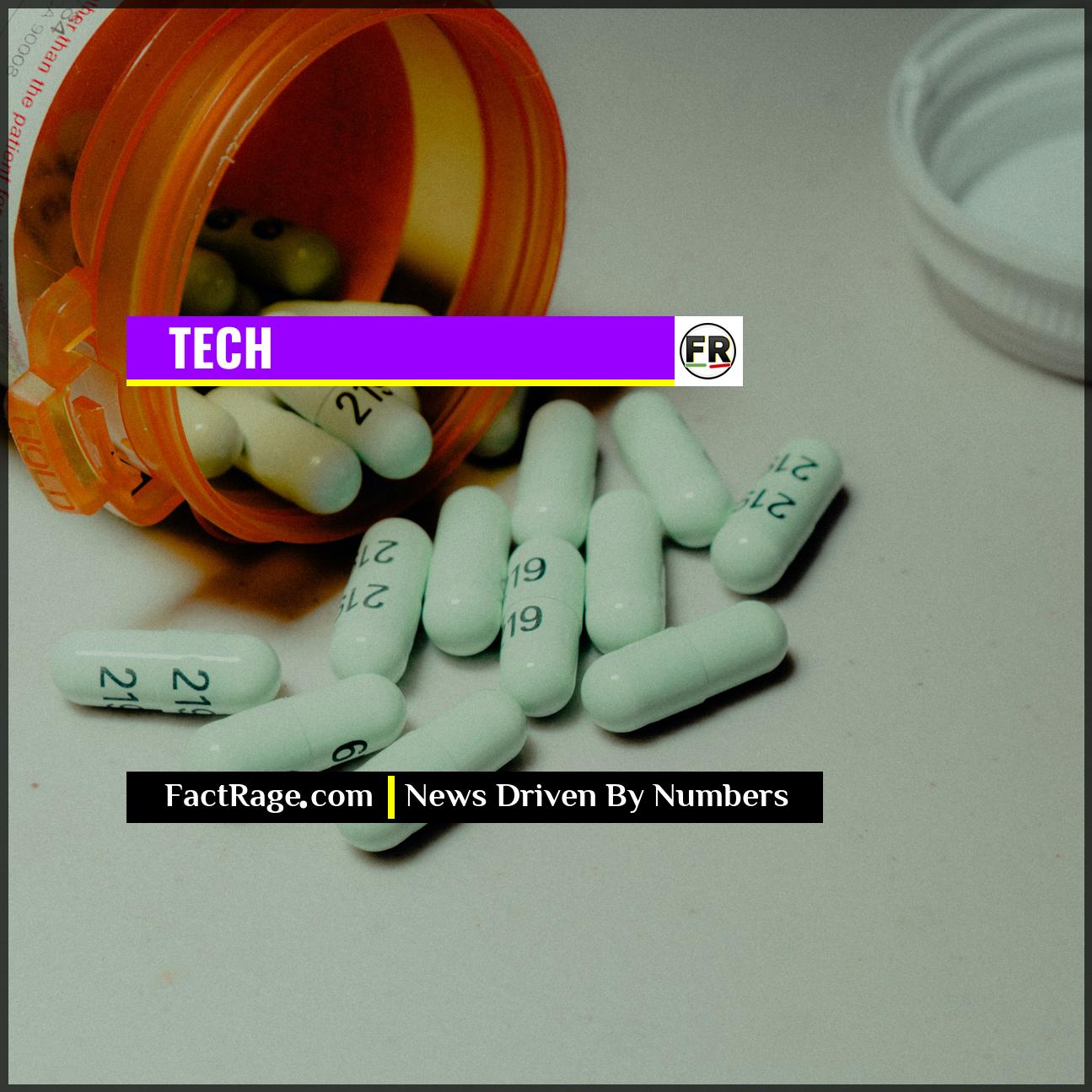SAN FRANCISCO, CA – As a key player in the digital finance revolution, Social Finance, Inc. faces intense scrutiny from investors who are closely watching to see if its hybrid fintech-bank model can deliver sustainable profitability in a challenging economic landscape.
- A Pivotal Bank Charter – SoFi’s acquisition of a national bank charter in 2022 fundamentally changed its operating model, allowing it to fund loans with member deposits and lower its cost of capital.
- The Profitability Question – The company achieved GAAP profitability for the first time in late 2023, a major milestone the market is now testing for consistency amid shifting economic conditions.
- Diversified Financial Hub – SoFi has evolved from a student loan refinancer into a diversified financial services platform, relying on a “flywheel” model to cross-sell banking, lending, and investment products to its growing member base.
The company’s performance serves as a bellwether for the broader fintech sector’s ability to meaningfully compete with traditional banking institutions. A closer look at its strategy and financial metrics reveals both the significant opportunities and the substantial hurdles that lie ahead.
SoFi’s Story, Told in Numbers
![]() The narrative surrounding SoFi is compelling: a technology upstart challenging the giants of traditional banking. But a powerful story and a strong stock are two different things. The real test is found on the balance sheet, in the growth metrics, and in the net interest margins. Ultimately, the numbers will determine whether this fintech’s ambition can translate into sustainable, long-term profitability.
The narrative surrounding SoFi is compelling: a technology upstart challenging the giants of traditional banking. But a powerful story and a strong stock are two different things. The real test is found on the balance sheet, in the growth metrics, and in the net interest margins. Ultimately, the numbers will determine whether this fintech’s ambition can translate into sustainable, long-term profitability.
Read On…
Below, we break down the impact of SoFi’s bank charter, the “flywheel” model driving its growth, and the significant economic headwinds that stand in its way.
What SoFi’s Bank Charter Actually Means for Its Business

One of the most significant developments in SoFi’s journey was its transition to a bank holding company after acquiring a national bank charter in January 2022. This move was more than just a regulatory stepping stone; it reshaped the core of its financial operations. So what did this charter unlock?
Before becoming a bank, SoFi, like many fintechs, had to rely on partner banks and higher-cost debt facilities to fund its loans. By becoming a bank, SoFi can now use its own members’ deposits—a much cheaper and more stable source of capital—to underwrite new loans. This directly impacts its Net Interest Margin (NIM), which is the difference between the interest it earns on loans and the interest it pays on deposits. A wider NIM is a direct path to greater profitability. This structural advantage allows SoFi to offer highly competitive rates on its high-yield savings accounts, creating a powerful incentive for new members to bring their deposits to the platform.
The Numbers Behind SoFi’s Quest for Profitability
For years, the primary question for investors was whether SoFi could turn its rapid user growth into actual profit. The company answered that, in part, by reporting its first-ever quarter of GAAP profitability in Q4 2023 and has continued to post positive net income into 2025. The focus has now shifted to whether this profitability is durable.
The engine for this growth is what the company calls its “Financial Services Productivity Loop,” or “flywheel.” The strategy is to attract a customer with one product—often a high-yield savings account or personal loan—and then successfully cross-sell them additional services like investing, a credit card, or insurance. Recent earnings reports indicate the strategy is gaining traction. The company has consistently reported strong growth in new members, with total membership now exceeding 9 million. More importantly, total product adoption has grown at an even faster rate, suggesting existing members are using more of what SoFi offers. Deposit growth has also been robust, with balances swelling significantly since the bank charter was secured, providing the low-cost capital needed to fuel the lending side of the business.
Headwinds and Hurdles in a Tough Economic Climate
Despite the positive momentum, SoFi is not immune to macroeconomic pressures. The high-interest-rate environment presents a complex challenge. While it boosts the potential for net interest income, it can also dampen demand for loans, particularly in the mortgage and student loan refinancing sectors that are sensitive to rate hikes. It also increases the risk of credit losses if economic strain leads to higher default rates among borrowers.
Competition remains a formidable obstacle. SoFi competes on two fronts: against established legacy banks with massive scale and deep customer trust, and against other nimble fintechs vying for the same digitally-native customer base. Furthermore, some analysts remain critical of the company’s reliance on stock-based compensation, which can dilute shareholder value, and question whether its current valuation properly accounts for the cyclical risks inherent in banking. Ultimately, SoFi’s performance over the next several quarters will provide a crucial test case for whether a technology-first company can build a lasting and profitable banking institution.
The Investor’s Calculus
![]() SoFi has successfully architected a compelling financial model, leveraging its bank charter to fuel a powerful member-growth flywheel. The numbers clearly show its strategy is attracting deposits and deepening customer relationships. However, the ultimate valuation hinges not just on this internal execution but on its resilience against sustained macroeconomic headwinds and intense competition. The question for the market is no longer if a fintech can look like a bank, but whether it can weather economic cycles like one.
SoFi has successfully architected a compelling financial model, leveraging its bank charter to fuel a powerful member-growth flywheel. The numbers clearly show its strategy is attracting deposits and deepening customer relationships. However, the ultimate valuation hinges not just on this internal execution but on its resilience against sustained macroeconomic headwinds and intense competition. The question for the market is no longer if a fintech can look like a bank, but whether it can weather economic cycles like one.












